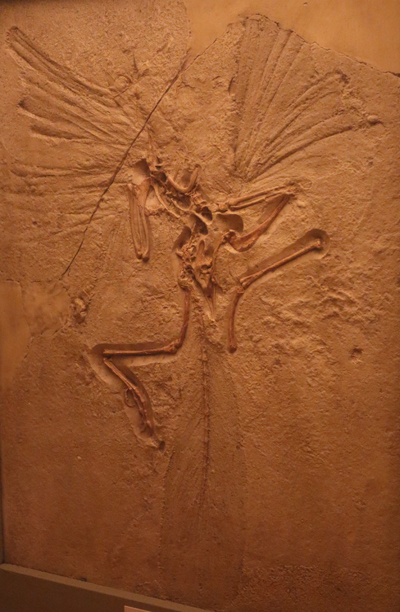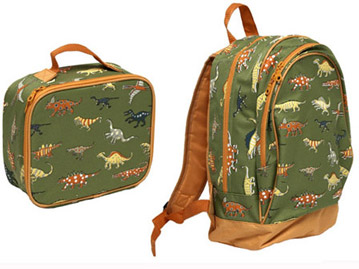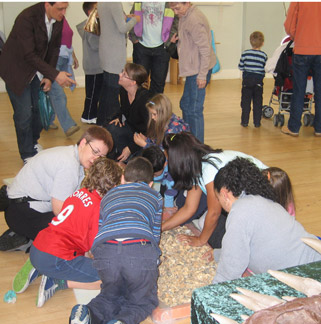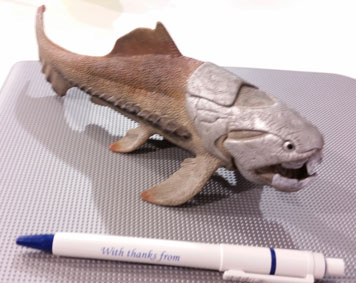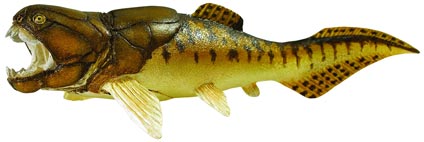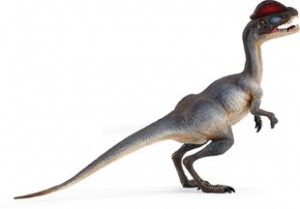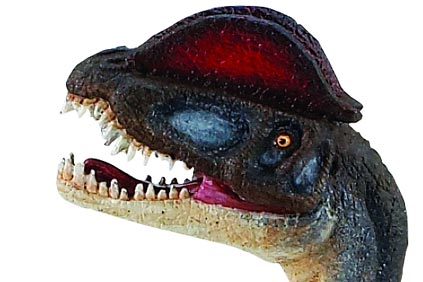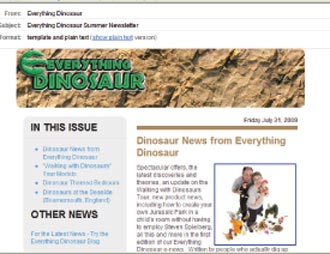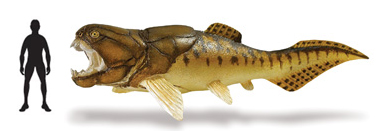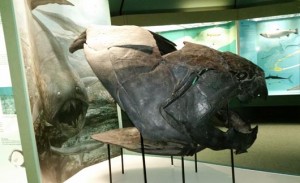New Research into Bird Brains – Feathered Friends Capable of Complex Problem Solving
Bird Brains – Corvidae proves Aesop Fable could be True
The term “Bird Brain” is often meant as an insult, but in reality some members of the Order Aves (the birds) are known to be remarkably intelligent and able to demonstrate the ability to solve complex problems. For example, members of the crow family (Corvidae) are regarded by scientists as being remarkable adaptable and have been used in a number of studies providing an insight into how the cerebrum (the problem solving part of the brain) functions.
Bird Brains
Clever crows and rooks are not new to science but a new study by a team of British researchers has demonstrated the problem solving abilities of these birds and perhaps, proved that one of Aesop’s ancient fables may be based on truth.
In one of Aesop’s fables (morality tales from ancient Greece attributed to writer Aesop who lived some 600 years before the birth of Christ), a thirsty crow finds a pitcher of water. Unfortunately, for the crow, the neck of the pitcher is quite narrow and the water cannot be reached, as the pitcher is not filled up to the top. The crow solves this problem by dropping stones into the water, thus raising the water level via displacement. As more stones are dropped in, so the water rises, until the crow is rewarded with a drink.
The moral of this particular story might be necessity is the mother of invention, but now a team of scientists from Cambridge University have demonstrated that there may be some truth behind this story.
Several rooks, at the University’s aviary have quickly mastered the technique of stone dropping to enable them to raise the level of water within a plastic tube so that they can catch a worm floating on the surface. This “brains trust” amongst “bird brains” consists of four rooks, named Cook, Fry, Monroe and Connelly. The scientists have observed the birds carefully examining the problem before dropping in the right number of stones needed to allow them to bring the tasty worm within reach. Although, is is very difficult to attempt to assess the level of cognitive reasoning involved the birds did seem to wait until the water level was high enough to be reached before attempting to grab the worm with their beaks.
In addition, the birds did not add any more stones after eating the worms, suggesting the pebble dropping was a means to the end and not just a form of play.
Our Feathered Friends
The ingenuity of the feathered friends was shown when they were presented with a pile of stones of varying sizes. The rooks quickly learnt that picking the bigger ones would speed up the task, allowing them to snack more quickly and showing an efficiency of effort. When given a choice of a worm floating in a tube part-filled with water and one half-packed with sawdust, they grasped that adding stones to the part filled tube with sawdust would not bring the treat within reach.
The study was led by the appropriately named Christopher Bird, a PhD student studying zoology, it has been published in the latest edition of the scientific journal “Current Biology”.
Commenting on his study, Christopher stated:
“Corvids are remarkably intelligent, and in many ways rival the great apes in their physical intelligence and ability to solve problems. “This is remarkable considering their brain is so different to the great apes”.
Such behaviour has not been observed in the wild, but the crow family with their relatively small brains (encephalisation quotient not withstanding), have gained a reputation in many societies for being clever. For example, in Finland we were told stories by fisherman that when they went ice fishing and left their lines in the water overnight, ravens soon learnt to examine the holes early in the morning before the men returned and to pull up the lines that had a fish hooked on them. The encephalisation quotient is a simplistic measurement of an animal’s intelligence and allows comparisons across genera. It examines the ratio between body weight and brain size.
A Fossil Cast of the Early Bird Archaeopteryx
Picture credit: Everything Dinosaur
This study could help palaeontologists to assess the relative intelligence of theropod dinosaurs, the closest relatives to birds in the animal kingdom fossil record.
Everything Dinosaur stocks a huge range of theropod dinosaur models and figures, some primitive members of the Aves too. For example, take a look at the scale model range here: CollectA Deluxe Prehistoric Life Models.


